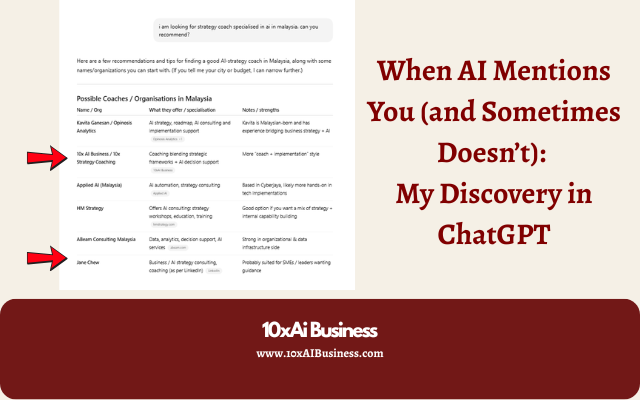The insurance industry is being redefined.
A sector known for its complexity, legacy systems, and cautious change is now at the center of an AI revolution. Global insurers are investing heavily in AI to streamline operations, reduce fraud, and improve underwriting. But here’s the reality: for mid-sized firms and regional players, the transformation isn’t just about adopting tech — it’s about reimagining their business model.
So where should insurers start?
1. Claims Automation is Table Stakes
AI-powered claims automation has matured quickly. From image recognition for car accidents to natural language processing for assessing documentation, insurers are slashing claims cycle times from weeks to hours.
The competitive pressure is real: if your firm is still manually reviewing standard claims, you’re not just slow — you’re losing customer trust.
Case Study: EY & Nordic Insurer A mid-sized Nordic insurer collaborated with EY to automate claims intake across unstructured documents. The result? Real-time claims experiences, significantly higher efficiency, and faster customer resolution.
Takeaway: Claims are no longer a back-office function. They are a real-time, AI-enabled customer experience touchpoint.
2. From Actuarial to Predictive
Historically, underwriting relied on actuarial tables and risk pools. AI changes this paradigm. With machine learning, insurers can build predictive models based on real-time behavioral and contextual data: driving patterns, wearable health data, home IoT devices.
This shift allows for:
- More granular pricing
- Better risk segmentation
- Dynamic policy adjustments
But it also requires robust data governance and explainability, especially under regulatory scrutiny.
Case Study: Zurich Australia Partnering with UTS, Zurich built an AI model to underwrite mental health-related disclosures. Processing times dropped from 22 days to under 1 day — with strong compliance and ethical handling.
Takeaway: The future of underwriting is personalized, continuous, and predictive — not periodic and historical.
3. Policyholder 2.0
Today’s customers expect Amazon-level personalization. AI enables insurers to deliver it:
- Intelligent chatbots for 24/7 support
- Sentiment analysis to detect dissatisfaction
- AI-driven content to educate and retain policyholders
The result? Stronger retention, increased cross-sell potential, and a shift from transactional to relational business models.
Case Study: Artivatic.ai Using its AUSIS platform, Artivatic helped insurers offer real-time underwriting, fraud detection, and a personalized customer/agent experience — transforming long processes into seconds-level decisions.
Takeaway: The winners won’t just sell policies. They’ll earn digital trust and build lifetime value.
Jane’s Perspective: Many mid-sized insurers think, “We’re too small for AI.” But the truth is, you’re too strategic not to. With the right roadmap, AI isn’t just a cost saver — it’s a growth enabler.
I recently worked with a regional health insurer to revamp their claims triage using AI. Within 6 months, their NPS rose by 23 points and fraud detection improved by 18%.
AI isn’t the future. It’s the present for those ready to act.
Want to explore how AI could transform your business model? Book an AI Discovery Workshop: 📞 012-666 9892
Or visit: https://www.linkedin.com/newsletters/ai-business-model-innovation-7333618883876003840/




